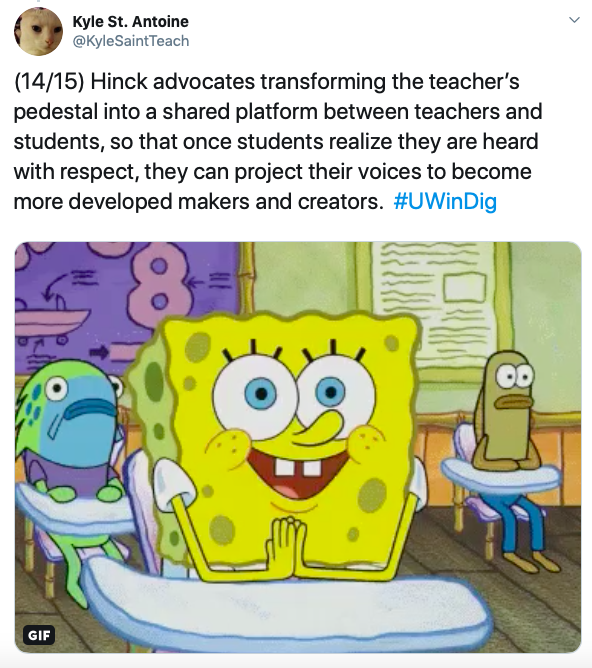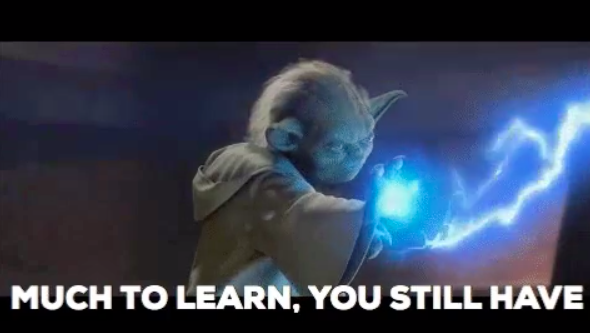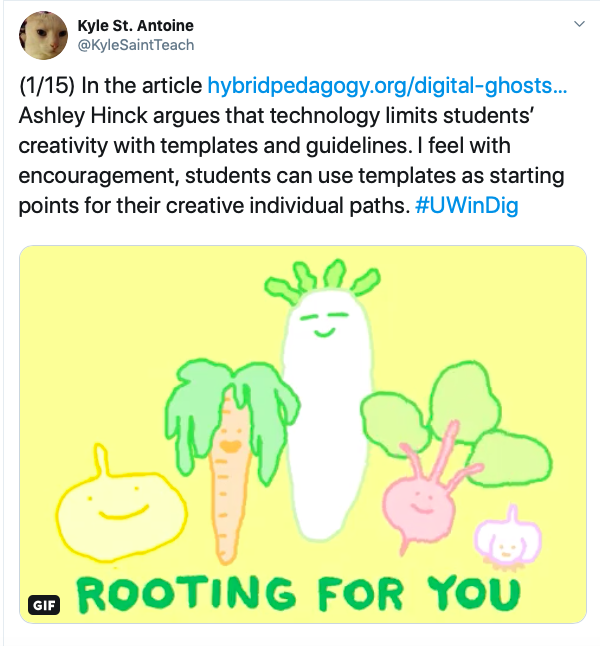I read the article “Digital Ghosts in the Classroom” by Ashley Hinck, and composed a twitter essay in response to it. She says with how fast technological education moves, tools that were used not long ago already seem like ghost-like relics.

She also talks largely about how templates and shortcuts take away agency from students, by limiting their creative options. I understand her point, but feel templates are not entirely at fault, as they can either be inspiration for something else or be deleted from the get go. Rather, I think it is up to the teachers to make every creative option available to the students, and to treat them with the respect that transforms their class time from boring to productive and fulfilling.

The twitter essay was a totally new experience for me, as my tweeting history was very minimal. I had to learn to segment my thoughts into smaller bits. The biggest challenge was editing my tweets to fit the 280-character limit. I learnt my language had to be very concise, with every word choice being very precise; essentially, I had to learn how to get my thoughts across in as few points as possible.

After completing my twitter essay, I see the appeal of the medium in how it gets points across with directness and clarity. It adds an attractive flair to both teaching and presentation spaces, and the limitations teach students how to be succinct editors. Using a medium many students use also helped me relate to their world, which reinforces Hinck’s notions of listening to the students. In education, technology should not be a barrier between individuals; rather, it should be what connects and inspires new generations, and students should have their agency to apply all their creative and individualistic energy to their projects.

